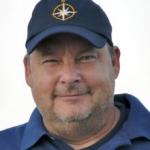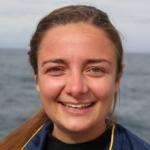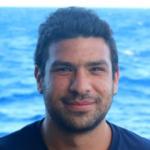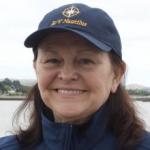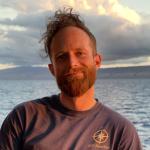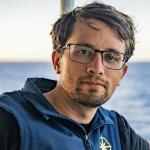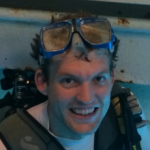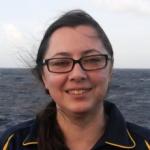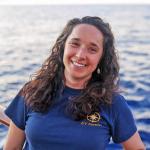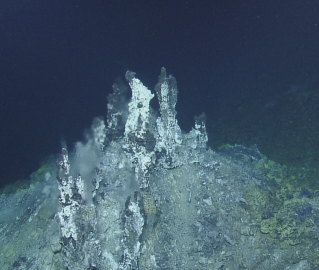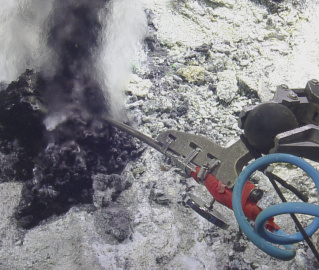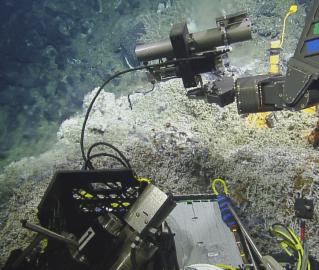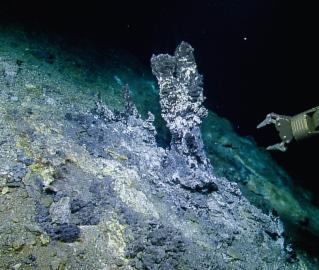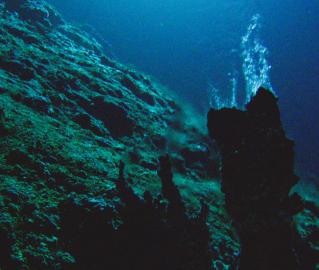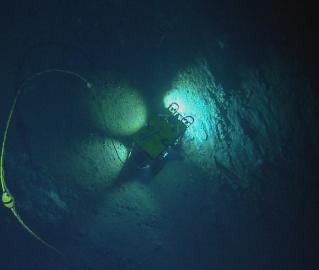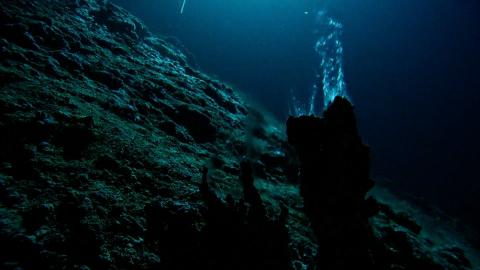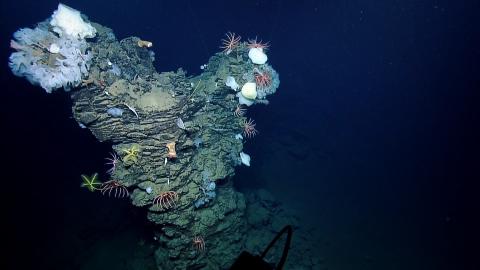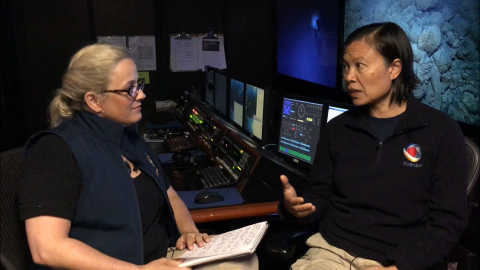This expedition continues the multi-year SUBSEA (Systematic Underwater Biogeochemical Science and Exploration Analog) Research Program, a partnership between NASA, NOAA, and various academic research centers. Bringing together both ocean and space exploration teams aboard E/V Nautilus, SUBSEA blends ocean exploration with ocean worlds research to address knowledge gaps related to the exploration of our Solar System.
The SUBSEA team will conduct the second of its two field programs at the Gorda Ridge offshore of northern California and Oregon, building upon the work conducted during the first field program at Lō`ihi Seamount in 2018. This section of mid-ocean ridge is of interest to ocean researchers in that it hosts seafloor hydrothermal activity that departs from the convention of black smoker hydrothermal systems, instead emitting clear fluids from the seafloor.
The SUBSEA research team includes interdisciplinary teams focused on Science, Science Operations, and Technology. The SUBSEA Science team is using ROVs to observe, survey, gather instrument data, and collect samples from analog environments to potential volcanic hydrothermal systems on other Ocean Worlds, such as Enceladus, a moon of Saturn. The SUBSEA Science Operations research team focuses on the ethnographic study of the work practices, habits, communication and information flows necessary to conduct remote science and exploration, by observing both operations conducted by the SUBSEA team on the E/V Nautilus and located at the Inner Space Center, University of Rhode Island. Finally, the SUBSEA Technology research team will provide Exploration Ground Data Systems software to support integration and visualization of diverse data products relevant to future human exploration of deep space.
Sponsored by: NOAA Office of Exploration and Research and NASA Science Mission Directorate PSTAR Program










